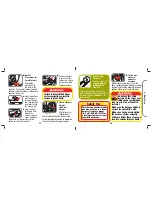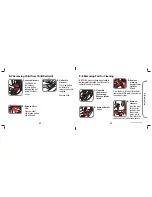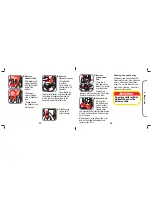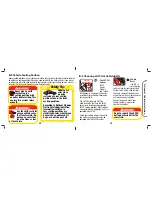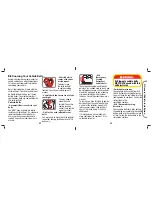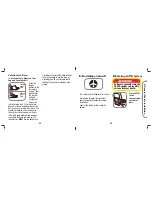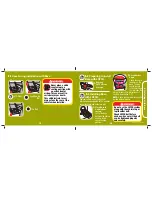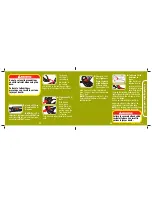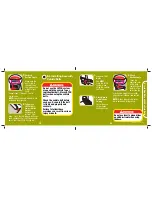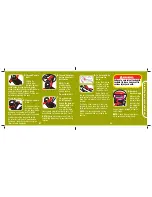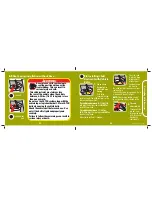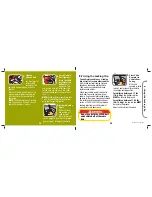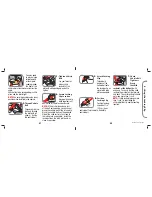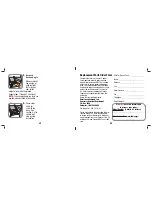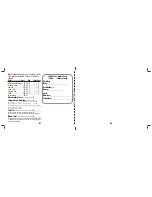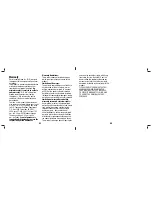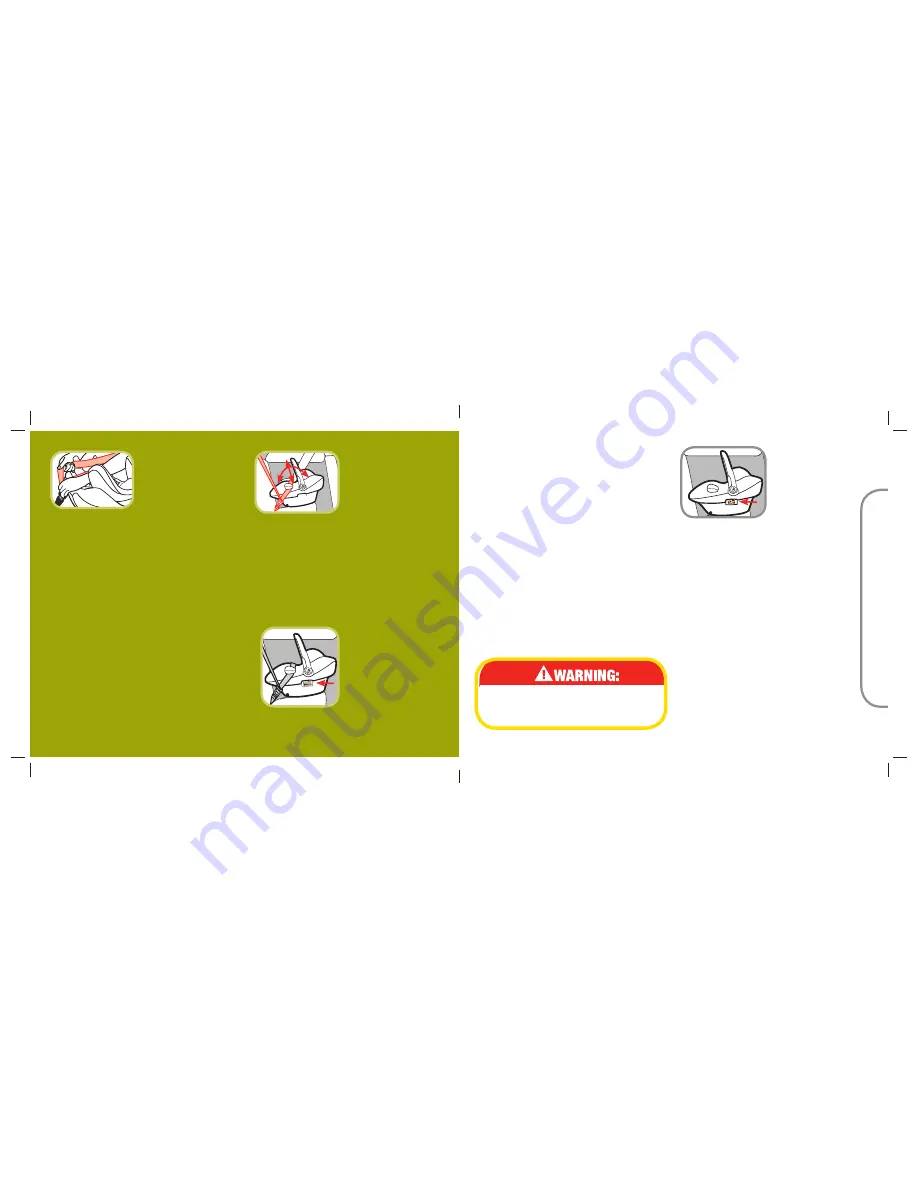
45
46
Check Vehicle
Belt Tightness
Grasp the child
restraint at the
belt path
with
one hand. Push
and pull the child restraint from side
to side, forward and back. The child
restraint should not move more than 1
inch.
NOTE:
If child restraint moves more than
1 inch, try reinstalling the child restraint
or try another seating location.
You will rarely need to use a locking
clip except for in some older vehicles.
Built in child restraint locking systems
have been required in vehicles since
1996, and many vehicles had these
features even earlier.
Check your vehicle owner’s manual to
learn how to use the systems in your
vehicle. If you need a locking clip, please
go back to the store where you purchased
this child restraint and purchase one or
call us at 1-800-544-1108 to order one.
Locking clips from any child restraint
manufacturer are okay to use.
E-7
Using the Locking Clip
Do not use both the LATCH belt
and vehicle belt at the same
time.
Recheck Recline
Angle
Make sure level
line on side of
child restraint
that matches your
child’s weight is level with the ground.
Repeat steps 1 through 4 if not level.
5.
Tighten
Vehicle Belt
Lay your forearm
across child
restraint at the
belt path while pulling up on belt to
tighten.
With an ALR belt, pull the belt all the
way out before tightening. Feed the
slack back into the retractor while
tightening.
NOTE:
You will need to use a locking
clip if you have an ELR belt. Consult
your vehicle owner’s manual.
3.
4.
E. Using the Locking Clip
continued on next page
Place Child
Restraint in
Vehicle Rear-
Facing
With child
secured in child
resraint, center the child restraint in
the chosen seating position.
For children between 4-11 lbs
(1.8-4.9 kg)
, the bottom red line
MUST
be level to the ground.
For children between 11-30 lbs
(4.9-13.6 kg)
, the top red line
MUST
be level to the ground.
Adjust child restraint if needed.
1.

